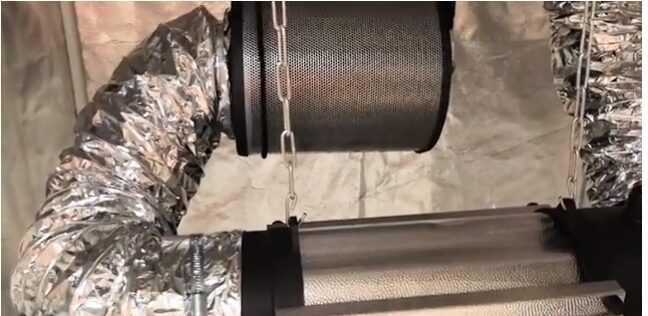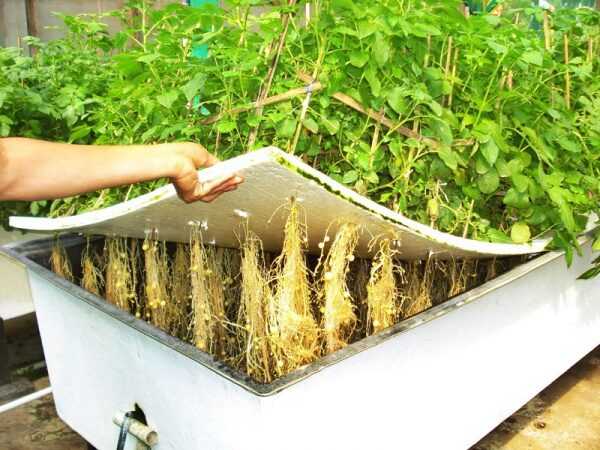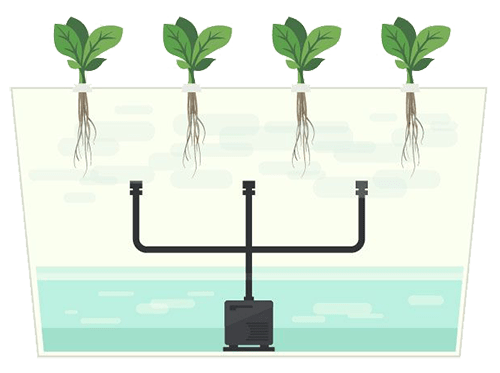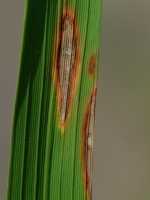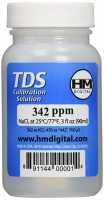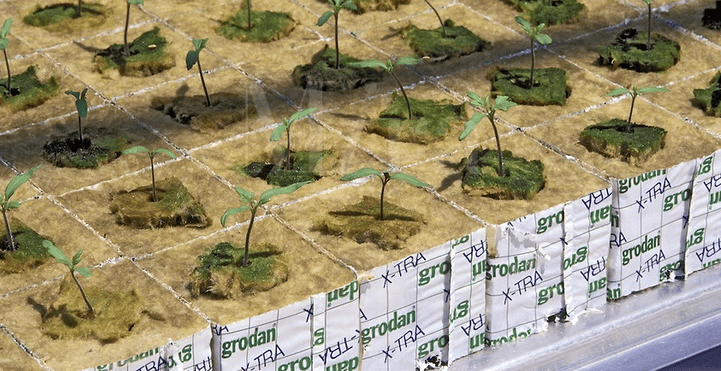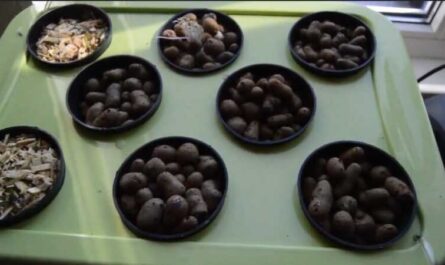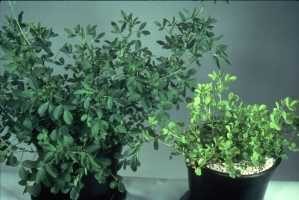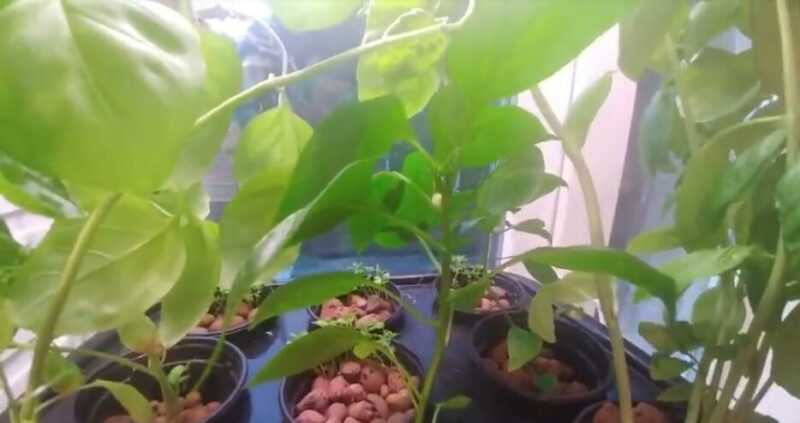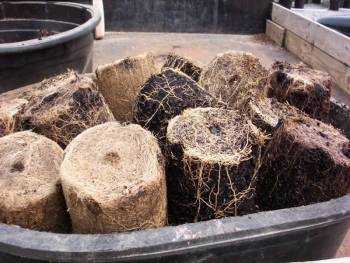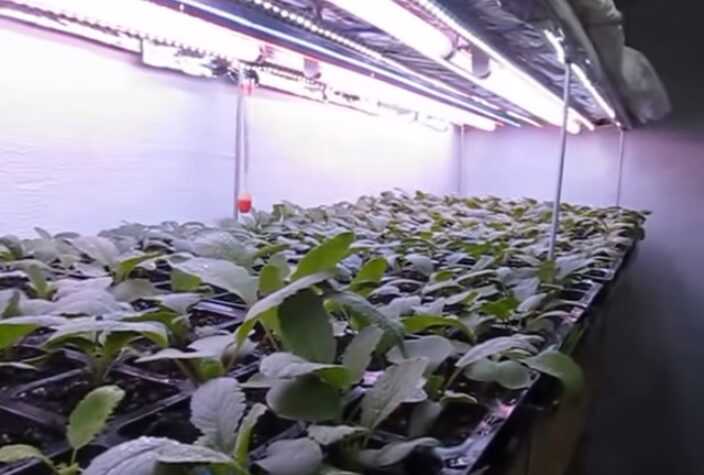Today, grow boxes and mini-greenhouses are installed even in ordinary apartments. In contrast to the summer cottage option for growing plants in closed ground, home systems are more economical, practical and not tied to weather conditions. You can place them in a room or on a heated balcony and grow almost any garden or ornamental crops.
But such designs also have some peculiarities. One of them is the need for constant air purification. Therefore, in any home greenhouse, a special filter for a grow box must be present.
Why do you need a growbox filter?
Everyone knows the word – photosynthesis. But few people think about the fact that, in addition to oxygen, plant leaves produce many other volatile substances, including aromatic ones. In the open air, enzymes secreted by plant cells quickly evaporate, in a closed space they accumulate and become a serious problem for the seedlings themselves. And the accompanying unpleasant smell when opening a greenhouse can fill the entire apartment.
On the one hand, the growbox allows you to create a unique microclimate. On the other hand, a very unpleasant, strong smell begins to accumulate in a completely closed and relatively small space of the greenhouse. In addition, an isolated environment promotes the rapid formation and development of fungal diseases. To prevent the greenhouse from spoiling the desire to grow plants at home with its smell, deodorizing or odor-neutralizing devices are installed in the grow box:
- Flavors. The method is practically useless, since you do not delete, but only replaces one smell with another.
- Neutralizers. By the principle of work, they are more efficient and durable. But in fact, they are the same flavorings that mask the problem, and do not eliminate it.
- Ionizers. The most effective remedy. The ions emitted by the appliance freshen the air and neutralize dust. In addition, they are quite easy to maintain and do not require special knowledge during installation and operation.
The best solution to the problems of home greenhouses is the correct selection of air filters.
Two types of filtering devices have been developed specifically for growing plants at home in greenhouses:
- using fleece interlayers;
- filters based on activated carbon.
Carbon filters are divided into two more categories: those involving the replacement of working material and stationary (disposable). The service life of the second models does not exceed six months, after which the filter will have to look for a replacement.
Deodorizing properties of charcoal
The easiest way to deal with unpleasant odors is with a charcoal filter, but its performance depends on many factors:
- The size. Coal can be of different sizes, but for filters it is better to use coarse granules.
- Shelf life. Activated carbon has a certain service life, after which the filtering qualities will be greatly underestimated.
- Replaceable blocks. When buying ready-made filters, it is better to give preference to designs with replaceable carbon blocks. Such devices will last longer and provide clean air in the greenhouse at no extra cost.
- Coal quality. High-quality coal is the main component of successful filtration, therefore, when choosing a filler, you need to pay attention to what the coal is made of and what characteristics it has.
For the production of activated carbon, wood, coal or bitumen coal, as well as coconut and even walnut shells are used.
True, the latter are extremely rare on sale. The most common and demanded varieties are:
- Australian, rc48. A material with a large number of pores, thanks to which it perfectly absorbs and retains unpleasant odors.
- Australian, ckv3 and ckv4. A more budgetary option with a less porous structure and a weakly pronounced absorbent effect.
- Pressed. He also received a second name – molded. On the Russian market, it is represented by options from German and domestic manufacturers. Harder than previous brands, has a modified pore system, copes well with the task of absorbing odors.
- Coconut shell charcoal. Very durable, finely porous, copes with the problem of unpleasant odors and absorbs microscopic dust fractions.
In addition, manufacturers indicate the pore size of the coal. They can be of three types: micro-, meso- or macro-. For filters, the first type with small pores is more suitable.
How to assemble a charcoal filter with your own hands
A quality carbon filter is expensive. In addition, you cannot buy them in every store. Therefore, if you do not want to overpay or look for a suitable model for a long time, you can assemble filters with your own hands. Your device will cost much less. Especially if you collect it from scrap materials.
Required details
You can assemble the charcoal filter on the basis of an old duct filter or using simple sewer pipes. The simplest version is obtained from the following materials:
Iron mesh cloth.
Sealant.
Sewer pipes with different diameters for the base (can be replaced with a duct filter).
Coal.
Charcoal cloth.
Fan.
Also, to make the filtering part of the device, gauze or a piece of nylon stocking, pliers, soft wire for connecting the mesh, a sealing gasket or foam rubber, a funnel for more convenient filling of the filter, electrical tape are useful. You will need metal scissors to cut the mesh. And you can use double-sided tape to pre-fix the plugs.
Assembly stages
If you have all the necessary tools, it will not be difficult to assemble the filter. It is necessary to determine the diameter of the future device. The diameter of the plastic pipes that we use to make the device will depend on this. Then proceed to the manufacture of the filter base:
- For example, for the base, we choose PVC plugs with a diameter of 50 and 100.
Place the smaller plug exactly in the center of the larger tube and fix it with two self-tapping screws.
- We bend the fine metal mesh into a tube along the diameter of the plugs and “sew” them with a soft wire.
As a result, you should get two mesh tubes of equal length (at least 30 cm). One of them fits snugly on the inner ring (plug with a diameter of 50 mm) along its outer edge. The second fits tightly into the interior of the resulting structure along the inner edge of the pipe with a diameter of 110 mm.
- If it was not possible to find a sufficiently fine mesh, before filling it, it is wrapped with a special breathable cloth for carbon filters, gauze or tightened with a simple nylon stocking.
Everyone chooses the material at will.
- The mesh tubes are installed in place and fixed on three sides with self-tapping screws to the edges of the PVC pipe.
- When the frame is made, the space between the two tubes is filled with carbon granules.
To prevent voids from forming in the filter, the structure must be constantly shaken when filling.
- Then a sleeve is put on the free edge.
It sits tightly, but if necessary, it is also fixed with self-tapping screws. The sleeve is put on the mesh tube, leaving the upper edge free so that the fan can be placed in it.
- The open edge of the carbon filter is poured with a thick layer of sealant, which can be silicone.
- The finished filter is allowed to stand for three hours until the silicone is completely dry.
After the sealant has dried, the filter is ready. A fan is now installed in the structure. If the diameter of the fan is less than the diameter of the coupling, it is sealed with foam rubber, fixing it with electrical tape or a special O-ring.
In terms of technical characteristics, the resulting device is in no way inferior to the factory models. The cost of a home-made device does not exceed 500 rubles, taking into account the purchase of coal.
